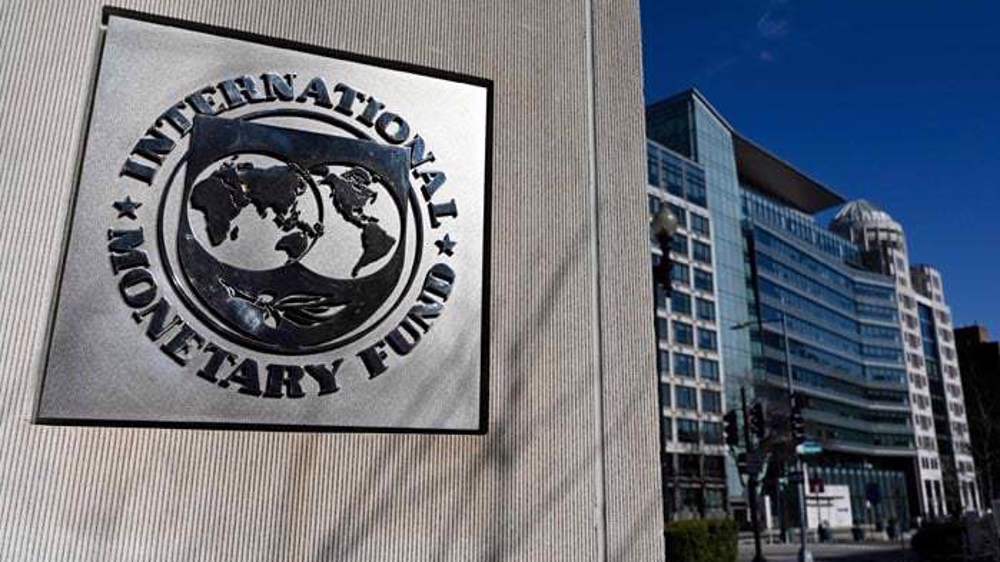The International Monetary Fund (IMF) has revised up its previous economic growth projection for Iran in 2023, attributing it to a higher-than-expected increase in the country’s oil production.
Releasing its latest quarterly report, known as World Economic Outlook on February 22, the IMF said Iran’s economy grew by 5.4 percent in 2023. The international agency had previously predicted a 3.8-percent growth for the country in that year.
The IMF also forecast a 3.7 percent economic growth for Iran in 2024, while its previous projection in October 2023 had put the figure at 2.5 percent.
The world body attributed the hike in Iran’s growth rate to a surge in the country’s oil output, which it said has surpassed 2.7 million barrels per day so far in 2024.
IMF’s figures confirm reports by the Iranian government agencies suggesting that the country is on a path to control inflation and restore economic growth to levels seen before 2018 when the United States withdrew from an international deal on Iran’s nuclear program and re-imposed sanctions on the country.
The sanctions initially affected Iran’s oil export revenues and led to periods of negative economic growth in the country. However, the economy started to recoup the losses in the second half of 2022 after it implemented a series of economic reform programs to offset the impact of sanctions.
Experts believe the US sanctions on Iran gave the country an opportunity to diversify its economy away from oil revenues and rely more on domestic resources.
The increase in Iran’s economic growth happens at a time when global growth has slowed to 3.1 percent. Also, the average economic growth for the developed economies was reported at 1.6 percent in 2023 while the figure stood at 2.6 percent in 2022.




